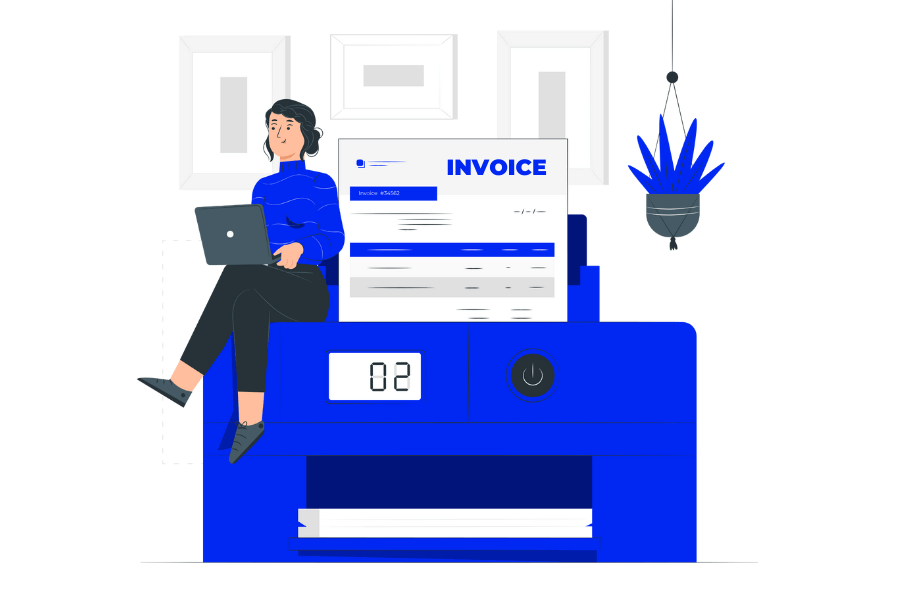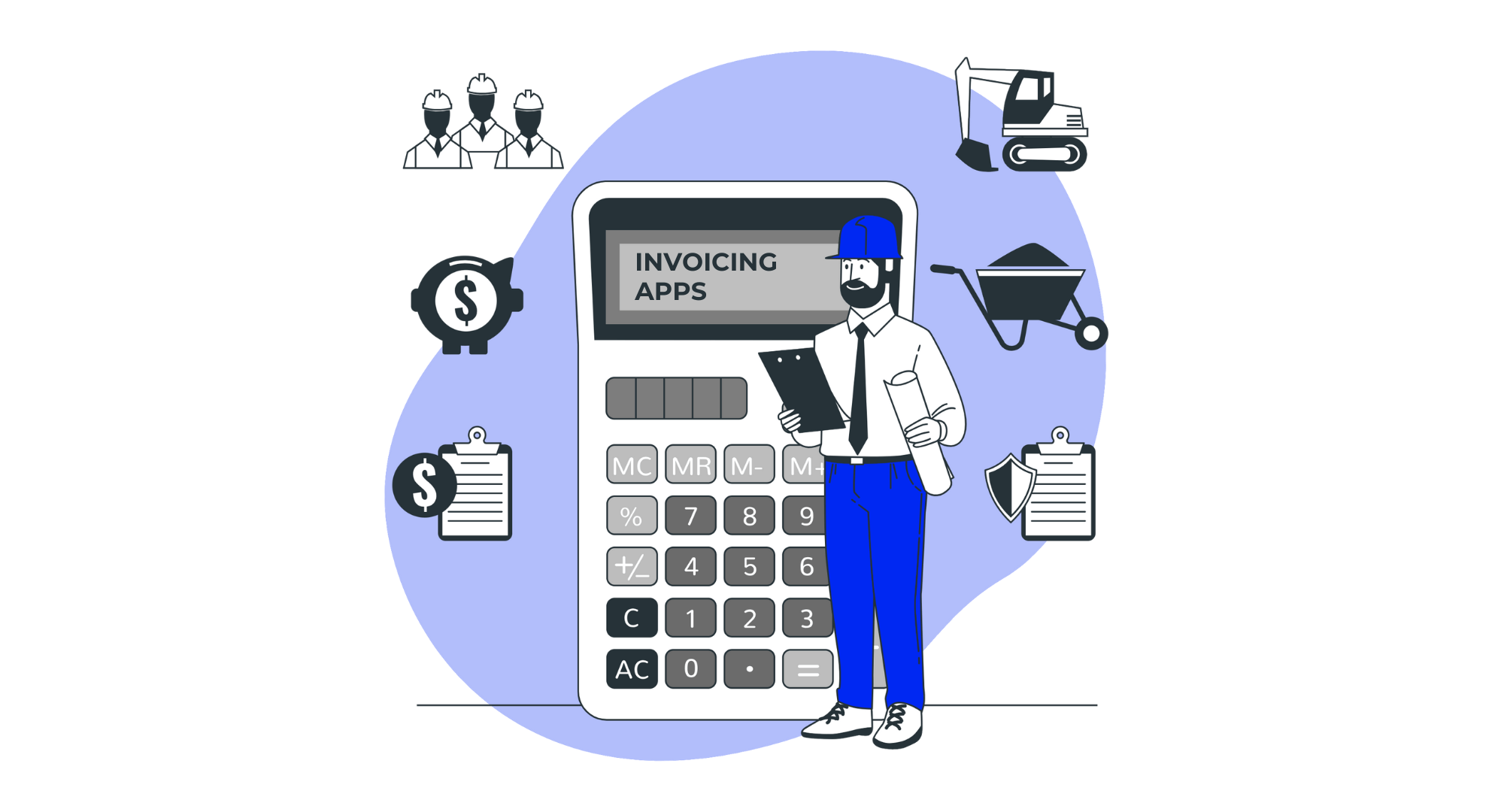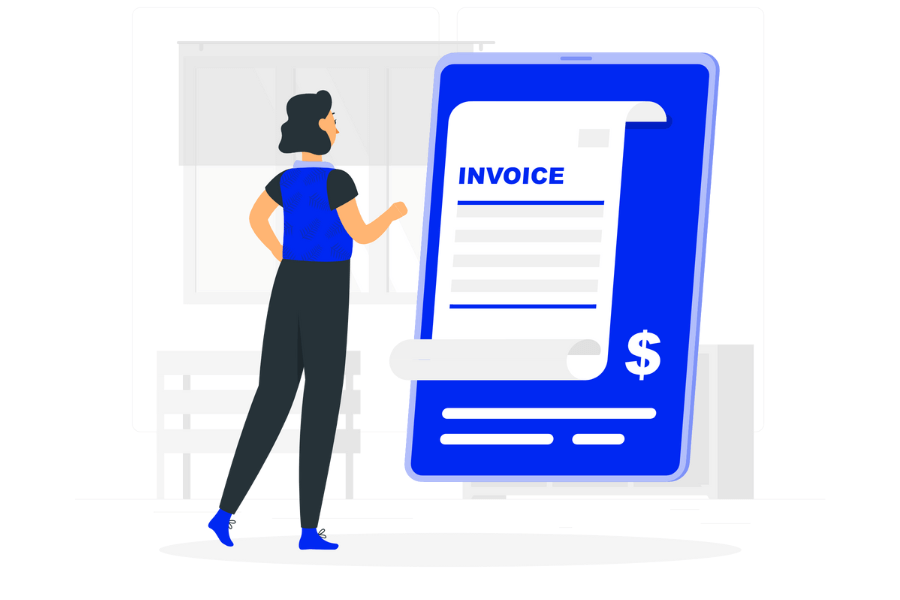
Financial terminology can easily confuse anyone. In a field that requires precision, the last thing you want or need is confusion, especially when it comes to business. For this reason, we have provided a guide to financial forecasting terminology.
Understanding how to analyze and chart your company’s future performance represents an integral part of financial and business planning. Knowing the terminology helps to provide a sound foundation from which to learn and understand more.
Financial Forecast Defined
A company’s financial forecast predicts what the business’s numbers will look like in the short term, often a year or less. Financial forecasts have multiple purposes, depending on the intended audience.
In some cases, a company might prepare a financial forecast for external consumption. Often businesses need to create these when reaching out to obtain needed capital. Whether they seek funding from investors or through a loan, financial forecasts come in handy. When you need to prove to others that your company will remain profitable, you would use a financial forecast.
Financial forecasts can also serve internal purposes. If reliable and backed by substantial evidence, they can provide valuable assistance in making informed decisions. Forecasts that show continued strength can serve as a reason to invest more company resources. Those with less than positive forecasts help to urge caution on spending and structural decisions.
Elements of a Financial Forecast
Financial forecasts often require the inclusion of three types of pro forma statements.
Pro forma financial statements serve as financial reports issued by an organization or even an individual. Often they use hypothetical conditions or educated assumptions about the future. Most often, an organization will use pro forma statements to present a picture of its finances to outsiders, such as investors.
There are several types of pro forma statements, including, but not limited to:
- Full-year pro forma projections, which include year-to-date results and financial projections of what the organization will look like at year’s end
- Investment pro forma projections focus on elements of company finances that would inform an investor on whether or not the company would be worth engaging
- Some pro forma statements emphasize risk analysis, projecting the results of potential decisions based upon financial, market, and other data
Pro forma statements, since they come from the organization itself, will tend to focus on information that puts the company in a positive or optimistic light. Generally, investors and others take pro forma reports with a grain of salt unless the company has a strong reputation for transparency.
The pro forma reports that help to compose a financial forecast will have to include information on important aspects of the business’s finances. They will include income statements, cash flow statements, and the balance sheet. These reports may cover different time spans as well, so an overall narrative may need to link them together.
To create the building blocks of your financial forecast, you will need to bring together information to start crafting pro forma statements and other reports that the forecast will incorporate.
The first step in charting out the future lies in researching the past. Assemble financial statements from the past several years and start analyzing them. Find developments that produced impacts while also searching for any relevant trends. Where your business has been will give strong indications of where it is going. These will help to provide evidence to back up projections of income, cash flow, and your overall financial stability.
Next, you must determine your methodology for how to put together and present the projections that form the meat and potatoes of a financial forecast. You will also need to determine how to assemble and use your pro forma statements.













